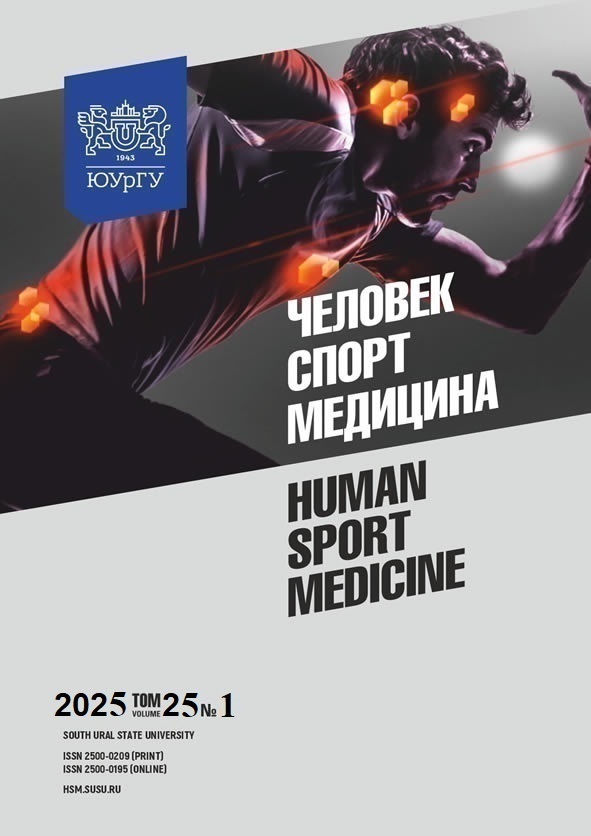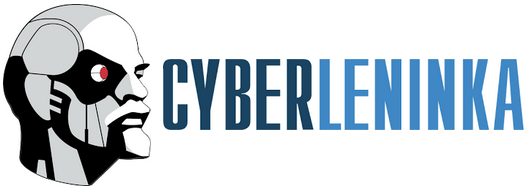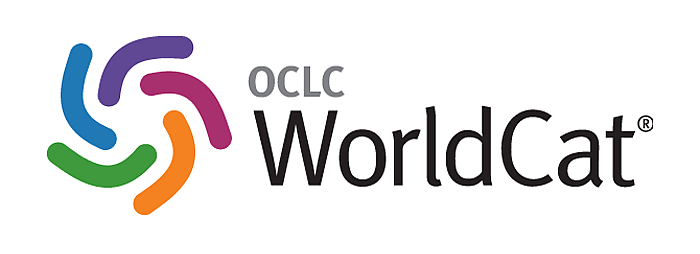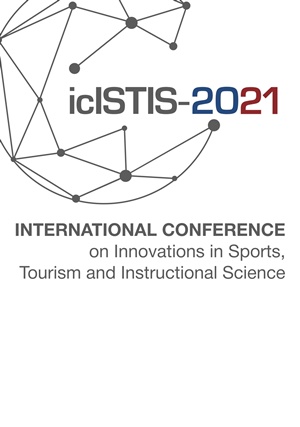PSYCHOPHYSIOLOGICAL ASPECTS OF RELAXATION AS A MEANS OF PAIN MANAGEMENT
Abstract
Aim. This study investigates the analgesic effects of various relaxation techniques, including relaxation exercises, acupuncture, and the use of gravitational therapy (Cordus), in individuals of different ages, genders, and psychophysical conditions. Materials and methods. The effects of relaxation exercises were evaluated in a group of male students aged 18 to 30 years. The effects of acupuncture sessions were examined in a group of individuals aged 14 to 72 years undergoing rehabilitation for musculoskeletal disorders. The therapeutic efficacy of Cordus was evaluated in 19 male patients aged 23 to 50 years with various forms of myofascial pain syndrome. Methods employed included electroencephalography, psychomotor reaction recording, time interval discrimination, and the test for meridian and microsystem diagnostics. Results. All patients exhibited a reduction or complete elimination of pain, as measured by the Visual Analog Scale, following the relaxation course. Thus, all relaxation techniques demonstrated analgesic effects and can be effectively utilized for pain management. General outcomes included accelerated recovery, control of personality disorders, and the blocking and rationalization of painful experiences. Psychotherapy techniques were individualized based on the patient’s personality traits, severity, and form of pain syndrome. Conclusion. The effects of relaxation techniques are associated with the central nervous system. Synchronization, as a stable mechanism for rapid formation of connections between cortical and subcortical structures, enables the immediate activation of resources to achieve the desired relaxation effect. The results of this study confirm that acupuncture and relaxation techniques can improve the psychophysical state of individuals across different age groups, providing both relaxation and analgesic effects.
References
References on translit
Copyright (c) 2025 Human. Sport. Medicine

This work is licensed under a Creative Commons Attribution-NonCommercial-NoDerivatives 4.0 International License.















